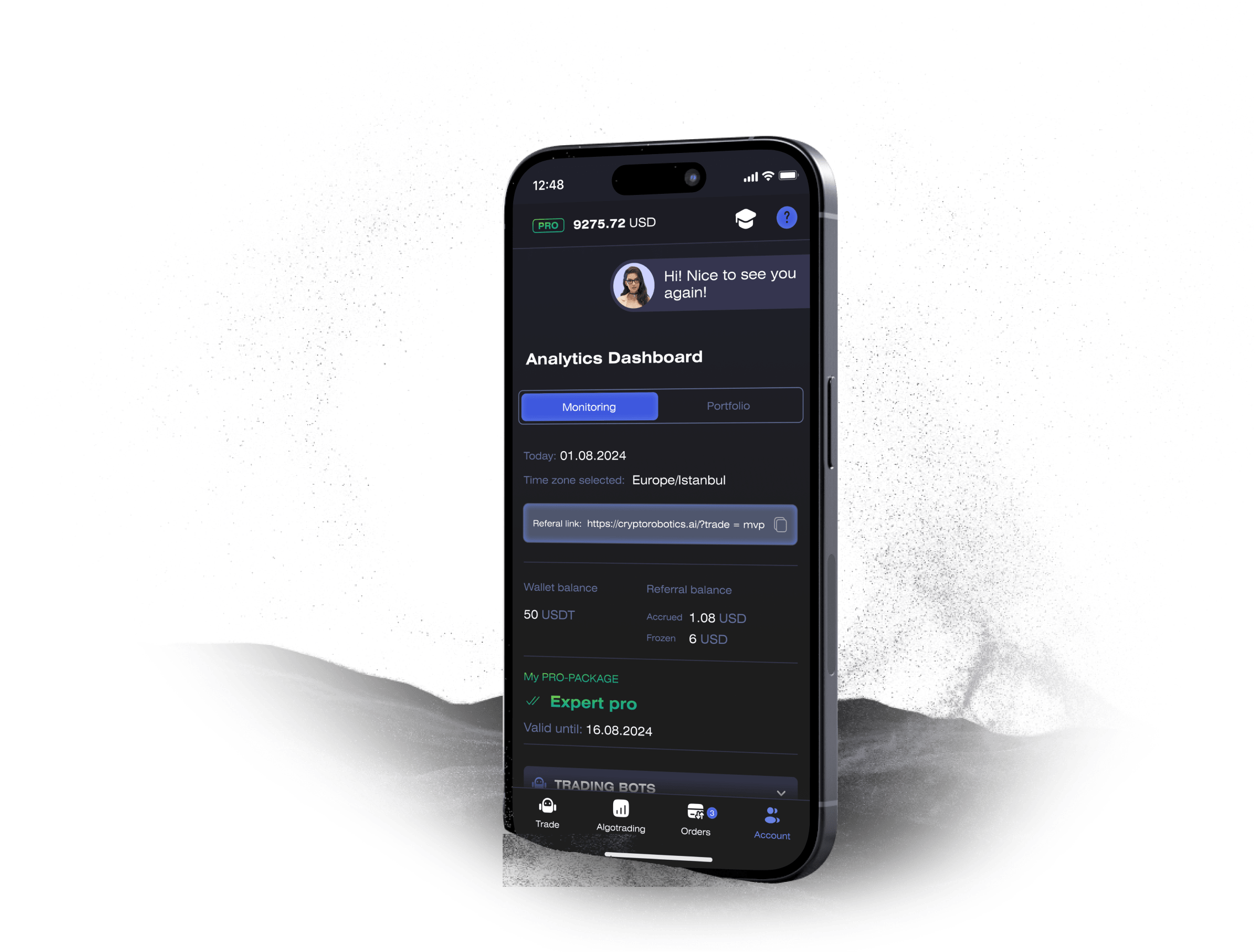Published: November 03, 2024 at 7:45 am
Updated on June 09, 2025 at 7:08 pm




Digital innovations are popping up everywhere, and one interesting case is Nigeria’s contactless passport renewal system. At first glance, it might not seem related to cryptocurrency, but hear me out. This app offers some valuable insights into how we could improve crypto applications for better user experience and efficiency.
Let’s be real—crypto apps are essential for anyone knee-deep in digital assets. Whether you’re trading, managing wallets, or just keeping an eye on the market, these tools are indispensable. But they’re not without their headaches. From ensuring rock-solid security to providing a seamless user experience while navigating regulatory minefields, it’s a tough gig.
If you use a crypto app, you know the pain points:
– Transparency vs Privacy: You want to avoid fraud but also don’t want your entire life exposed.
– Wallet Vulnerability: One slip-up and poof—your funds are gone.
– User Experience: It has to be easy enough for my grandma but sophisticated enough for me.
– Regulatory Compliance: Good luck staying ahead of those ever-changing rules.
Now back to that Nigerian passport app. Launched by the Nigerian Immigration Service (NIS), this app is designed to make renewing passports as painless as possible for Nigerians living abroad. Here’s what they did that we could borrow from.
First off, the app minimizes the need for in-person visits. You can complete your renewal in about 7-10 minutes—how’s that for efficient? Crypto apps could definitely benefit from adopting similar user-centric designs that prioritize speed and ease of use.
The app uses biometric verification like facial recognition and fingerprint scanning to secure user data. Imagine integrating something like that into our crypto apps! It would take security up a notch while also making verification quicker and easier.
The NIS didn’t just launch this thing everywhere at once; they started with Canada and plan to expand gradually. This allows them to iron out any kinks before full-scale implementation. Crypto platforms launching new features could learn from this approach—test small before going big.
Finally, the app complies with international standards for identity verification and data protection. Any successful crypto application must do the same; otherwise, it risks losing users’ trust and facing legal issues down the line.
So how do we take these lessons home?
For starters, crypto apps need top-notch security protocols. Multi-factor authentication? Yes please! Encryption? Absolutely! By adopting these measures plus some advanced tech like biometrics, maybe we’d have fewer horror stories about hacked wallets.
Let’s not forget about UX—the Nigerian passport app has an intuitive interface that makes it easy even for non-tech-savvy users. Streamlining processes and simplifying interfaces should be high on the priority list for our crypto tools.
In summary, while Nigeria’s passport app may not directly transfer its innovations into crypto space, its focus on efficiency, security via advanced tech, and stellar user experience offers a roadmap we could follow. By incorporating these elements into future developments, maybe our digital currency trading platforms will finally live up to their potential as hassle-free tools.
Access the full functionality of CryptoRobotics by downloading the trading app. This app allows you to manage and adjust your best directly from your smartphone or tablet.


News
See more







Blog
See more






